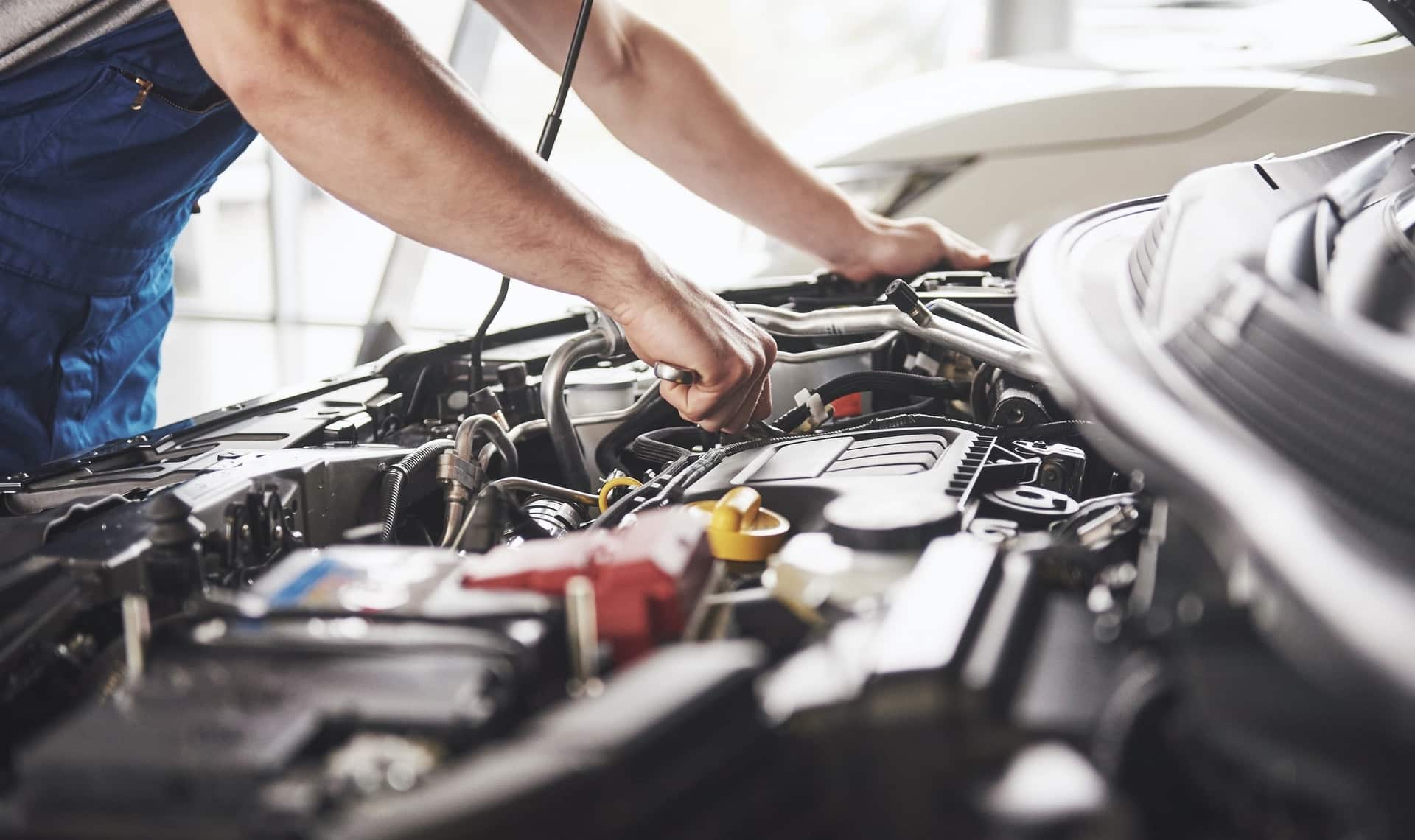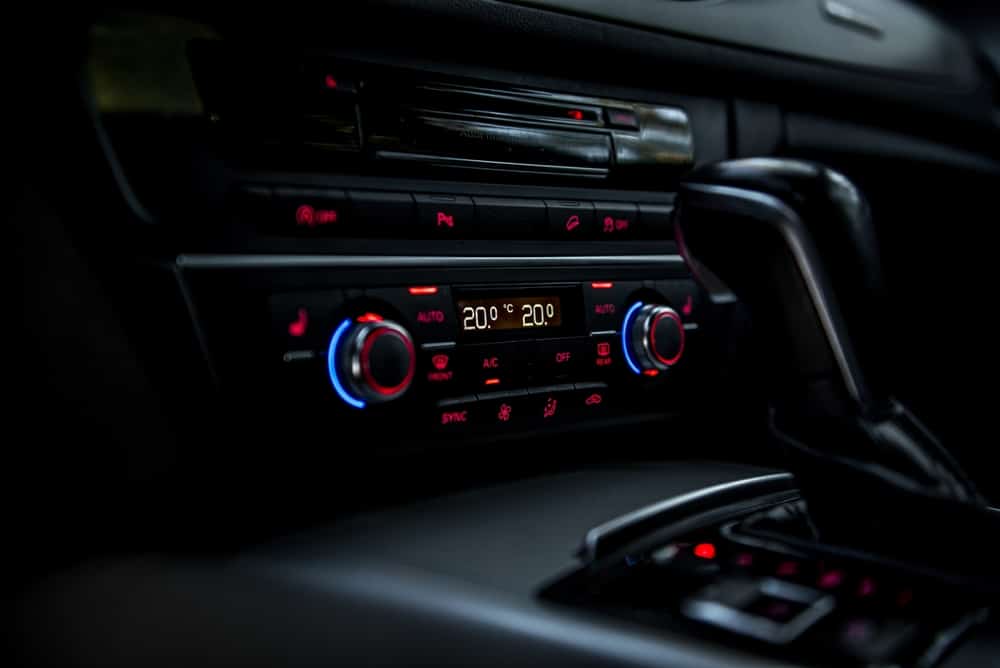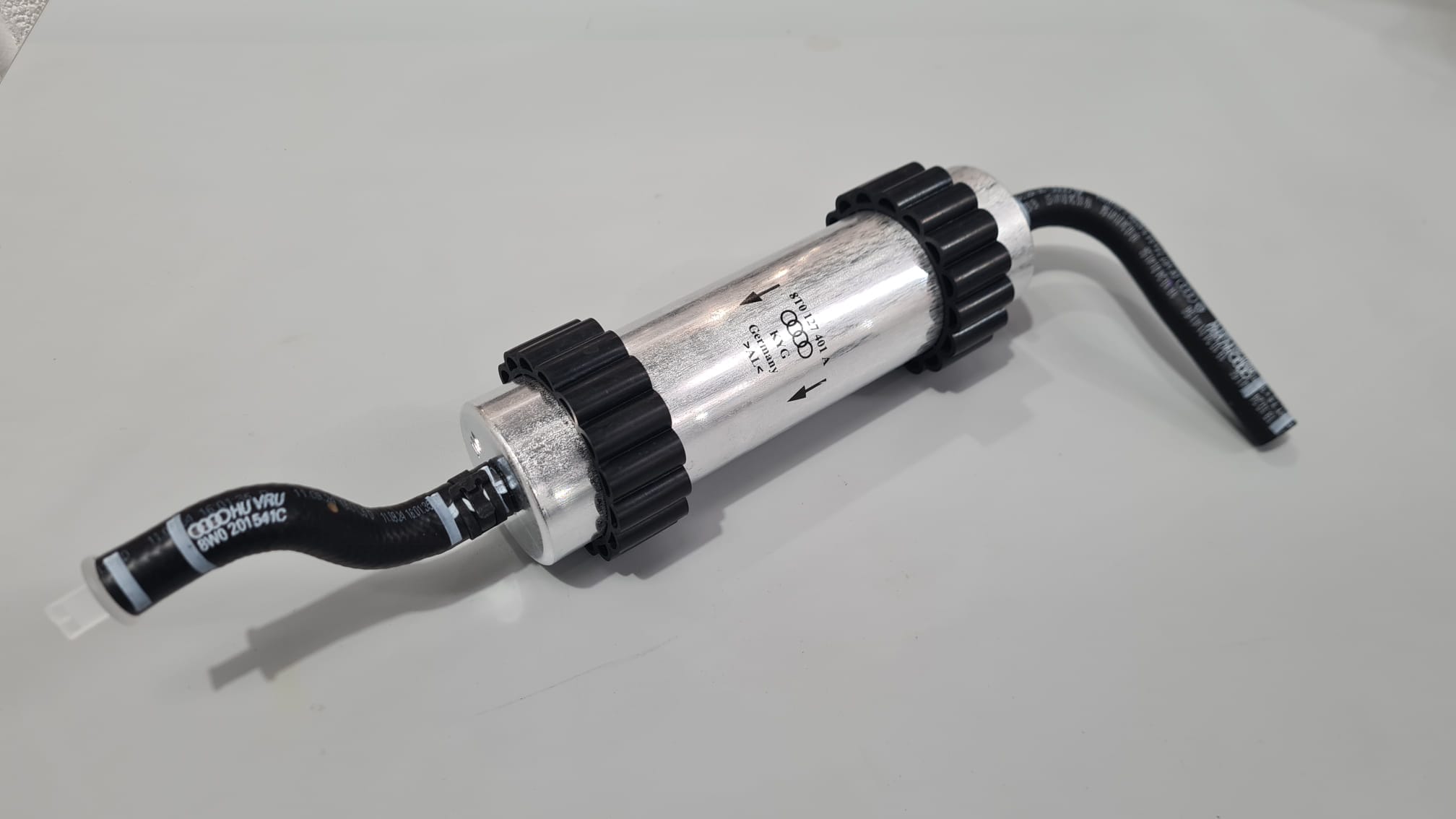Car Service and MOT
That MOT pass certificate feels reassuring, doesn’t it? But before you file it away with a sense of relief, there’s something crucial you need to understand. While your vehicle may have met the basic legal requirements today, that certificate can’t predict how your brakes will respond during an emergency stop on the A421, or whether your tyres will maintain grip during a sudden downpour around Milton Keynes’ busy roundabouts.
Every journey through Buckinghamshire’s network of roads adds invisible wear to vital components. That slight vibration you’ve noticed might seem minor now, but what about when you need to react quickly on Milton Keynes’ busy grid roads? Those brake pads that just scraped through the MOT might not have enough material left for your daily commute through central Milton Keynes.
Let’s explore what your MOT really means, and why regular servicing is essential for keeping you safe on Milton Keynes’ demanding roads.
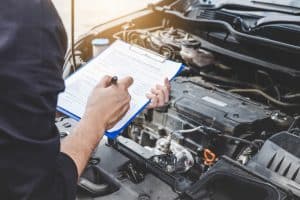
Your MOT: What It Really Means for Your Car
For vehicles over three years old, an annual MOT isn’t optional – it’s a legal requirement (with some exemptions for classic vehicles). Driving without one risks a £1,000 fine, rising to £2,500 plus licence points if your car is deemed dangerous.
But what exactly does an MOT verify? It’s a snapshot of your vehicle’s compliance with government safety and emissions standards at the moment of testing. While it examines crucial elements like brakes, tyres, lights, and steering, it can’t predict when these components might deteriorate beyond safe limits.
This leads us to some important misconceptions that need clearing up…
Common MOT Misconceptions
“MOTs Provide a Complete Vehicle Health Check”
At Quality Car Service, we know this isn’t true. While MOTs check specific aspects like emissions and brake efficiency, many crucial inspections are limited to basic visual checks. Our comprehensive service goes deeper, measuring component wear against manufacturer specifications to identify potential issues before they become dangerous.
Consider two brake pads – one that passed and one that failed an MOT. Could you spot the difference visually? That’s why precise measurement matters more than visual inspection.
“No Advisories Means No Needed Repairs”
This is perhaps the most dangerous assumption. MOT testing can’t examine every crucial component. Here’s what gets missed:
- Battery performance – an MOT only verifies secure mounting, not whether your battery will reliably start your car during those cold Buckinghamshire mornings
- Timing belts/cambelts – these critical components aren’t part of the MOT check, yet their failure could result in catastrophic engine damage costing thousands to repair
- Brake fluid condition – while MOT testers check the visible level and obvious contamination, they’re not permitted to remove the reservoir cap for thorough assessment
- Spark plugs – essential for efficient engine operation, these components are only properly assessed during a service, not during your MOT
- Drum brakes – proper inspection requires complete dismantling, which isn’t part of the MOT testing process
At Quality Car Service, our thorough service inspections examine all these elements against manufacturer specifications to help prevent expensive failures and keep you safely on the road.
“A Valid MOT Means 12 Months of Safety”
Imagine you’re heading to work on a rainy morning along Grafton Street, and traffic ahead suddenly grinds to a halt. Your brake pads barely scraped through the MOT with the minimum 1.5mm thickness last month. Now, after weeks of daily driving through Milton Keynes’ grid system, would you bet your safety on those same brakes performing when you need them most?
“MOT Standards Match Manufacturer Safety Guidelines”
Here’s a sobering truth: MOT standards represent absolute minimum legal requirements. Take tyre tread depth – while 1.6mm is the legal minimum, manufacturers typically recommend replacement at 3mm. Testing at MIRA’s wet track revealed that a car travelling at 70mph with 1.6mm tread was still moving at 50mph when an identical vehicle with 3mm tread had already stopped completely. That’s not just a statistic – it’s the difference between avoiding an accident and being involved in one.
Why Servicing Matters: Beyond the MOT
Regular servicing isn’t just about maintaining your car – it’s about protecting lives. While an MOT certificate confirms basic roadworthiness on test day, proper servicing ensures your vehicle remains safe and reliable throughout the year. It’s about preventing those worn brake pads, degraded oils, and stressed components from becoming breakdowns or safety risks.
Every car has its own servicing schedule, dictating when key components should be checked or replaced. From air filters to timing belts, we at Quality Car Service transparently communicate any items your vehicle manufacturer recommends.
Regular servicing doesn’t just keep your car safe – it can increase its value when you come to sell it. A full service history makes your car more attractive to buyers because they can see it’s been properly maintained.
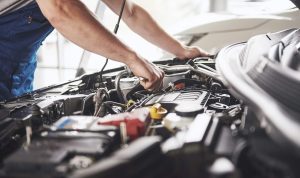
Additional Safety Inspection
At Quality Car Service, we believe in precision, not guesswork. During every service, we take precise measurements of your car’s components and compare them directly to your manufacturer’s specifications. This means we can tell you precisely how your car is performing against the standards set by its maker – not just whether it passes minimum requirements.
This measured approach helps us spot early signs of wear and tear, so you can make informed decisions about your car’s maintenance.
Real-World Examples of Our Enhanced Safety Checks
Brake System Safety Standards
Let’s talk about your car’s braking system – the difference between a safe stop and a near-miss often comes down to fractions of a millimeter. At Quality Car Service, we regularly see vehicles that passed their MOT but have brake pads dangerously close to their limits. Here’s why that matters: when your brake pad thickness drops from the manufacturer-recommended 2mm to the MOT minimum of 1.5mm, you’ve lost 25% of your remaining braking material.
Modern vehicles like BMW implement warning systems that activate at 2mm – that’s not arbitrary. Their engineers determined this threshold through extensive testing as the point where replacement becomes a safety priority, not just a legal requirement. Yet the MOT only requires 1.5mm of pad material.
Even more concerning: these electronic warning systems typically monitor just a single brake pad. We’ve seen numerous cases where one side meets the standard while the opposite pad has worn unevenly, creating a potentially dangerous braking imbalance that could affect your vehicle’s stability during emergency stops.
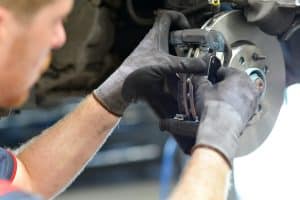
Precision Tyre Analysis
Tyres present another critical safety consideration where MOT standards fall short of real-world safety needs. Think about this: your tyres’ contact patches – the parts actually touching the road – are each roughly the size of your palm. That small area of rubber is all that keeps you in control of your vehicle.
The MOT accepts tread depth down to 1.6mm, but scientific testing at MIRA’s wet track facility revealed a startling fact: under wet conditions, a car traveling at 70mph with legally “safe” 1.6mm treads continues moving at 50mph at the point where the same vehicle with manufacturer-recommended 3mm treads has already stopped completely.
Using advanced wear rate analysis based on RAC data, we can project how quickly your tyres approach these critical thresholds. For example, front tyres typically lose about 0.1mm of tread every 312 miles under normal conditions. This means a tyre currently at 2mm could drop below the legal limit within just a month of average Milton Keynes commuting.
The consequences aren’t just about safety – driving with illegal tyres risks a £2,500 fine and 3 points per tyre. That could mean a £10,000 fine and a lost licence if all four tyres are below standard.
Beyond the MOT Pass: Why Safety Work Matters
While getting your MOT certificate is important, our focus at Quality Car Service is on keeping you safe on Milton Keynes’ roads – not just helping you pass a test today. When we identify safety work during our inspection, it’s about protecting you and your passengers, not just meeting minimum standards.
Why You Should Get Safety Work Done
While fixing only what’s needed to pass the MOT might seem cost-effective, it often leads to bigger problems and higher costs down the road. Just like you wouldn’t wait until your teeth are falling out to see a dentist, waiting until parts are at their MOT limits before replacing them can lead to expensive repairs or leave you stranded at the roadside.
Common Objections – and Why Waiting Could Cost You More
“I wasn’t expecting this cost – can’t it wait?”
We understand unexpected repair costs can be challenging, but catching issues early actually saves you money in the long run. Take brake pads for example – replacing them before they get too thin is much cheaper than waiting until they wear down completely and damage your discs. Plus, with our flexible payment plans, you can spread the cost while keeping your car in proper working order.
“I can’t be without my car.”
Being without your car is inconvenient, but breaking down is even worse. Most maintenance work can be completed the same day, and with our courtesy cars, you can stay mobile while we do the work that keeps you reliably on the road.
“If it passed the MOT, surely it’s fine?”
Getting your MOT certificate is only part of keeping your car on the road. Regular servicing based on manufacturer guidelines helps catch and fix issues before they become expensive repairs or leave you stranded at the roadside. It’s the difference between maintaining your car and just keeping it legal.
Safety Isn’t Just About Passing an MOT
At Quality Car Service, we don’t just focus on getting your car through its MOT – we care about keeping you safe on the road. If we recommend additional work, it’s because our safety inspections have identified parts that are worn beyond manufacturer guidelines, even if they haven’t become dangerous yet.
An MOT only confirms your car meets the legal minimum standard on the day of the test – but that doesn’t mean it’s in good condition. Ignoring worn brakes, tyres, or suspension because they “just passed” could mean the difference between stopping safely or not in an emergency.
Book your service and MOT today at Quality Car Service for safe driving – ring 01908 376555 to book.
Your Car Service and MOT Questions Answered
When should I book my car service and MOT?
Smart scheduling of both your service and MOT helps maintain your car’s safety year-round. Your MOT needs completing before your current certificate expires, while service intervals depend on your manufacturer’s schedule. Many drivers find their service is due a few months before their MOT – this timing works well, as the service can identify and fix any issues that might cause MOT problems later. Ring us on 01908 376555 to check both your service and MOT due dates, and we’ll help plan a maintenance schedule that keeps your car running smoothly through Milton Keynes’ busy roads all year.
What does an MOT test check?
Your MOT inspection covers safety-critical systems that could affect both you and other road users. Testers will examine:
- Your vehicle’s ability to stop safely (brakes and tyres)
- Your ability to see and be seen (lights, wipers, washers)
- Structural safety (body, chassis, suspension)
- Environmental impact (emissions)
- Control systems (steering, wheel condition)
But remember – these checks only confirm minimum standards. Regular servicing maintains higher safety levels between tests.
How often do I need a car service and MOT?
The MOT timeline is straightforward – once your car reaches three years old, it needs testing annually. But servicing is more individual. Your vehicle’s age, make, model, and how you use it all affect service timing. Many modern vehicles monitor their own condition and alert you when service is needed. Others follow set mileage or time intervals. Ring us on 01908 376555 for a personalized maintenance schedule that fits your specific vehicle and driving patterns.
What’s the difference between car servicing and MOT requirements?
Your MOT confirms your car meets legal safety minimums – similar to passing your driving test. But just as passing your test doesn’t make you an expert driver, passing an MOT doesn’t guarantee your car’s optimal performance. Servicing maintains your vehicle’s safety and reliability at the levels its engineers designed, not just the legal minimum. It catches and fixes small issues before they become major problems or MOT failures.
Can I get my car service and MOT done at the same time?
Absolutely – and it’s a smart approach. At Quality Car Service, we can coordinate your service and MOT together, which often helps catch potential MOT issues during servicing. Call us on 01908 376555 to book.
